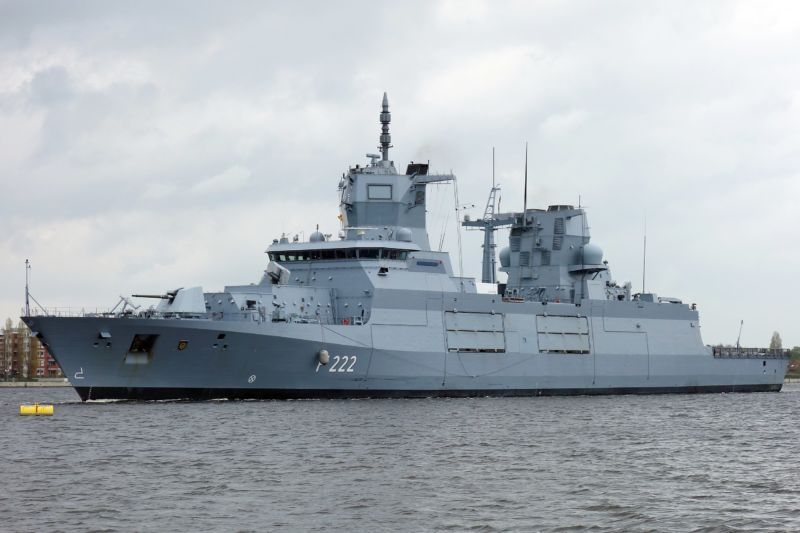
Enlarge / The Baden-Wurttemberg, listing slightly to starboard as usual, has been sent back to shipbuilders—refused by the German Navy. (credit: Ein Dahmer)
The German Navy has a lot of problems right now. It has no working submarines, in part because of a chronic repair parts shortage. The Deutsche Marine is still flying helicopters older than its pilots—the Sea Lynx entered service in 1981 and the Sea King in 1969—and has long-delayed their replacement. And now the service is facing problems with its newest ships so severe that the first of the class failed its sea trials and was returned to the shipbuilders in December.
As Christian Mölling, a defense-industry expert at the German Council on Foreign Relations in Berlin, told the Wall Street Journal’s William Wilkes in January, German military procurement is “one hell of a complete disaster. It will take years to sort this problem out.”
The Baden-Württemberg class frigates were ordered to replace the 1980s-era Bremen class ships, all but two of which have been retired already. At 149 meters (488 feet) long with a displacement of 7,200 metric tons (about 7,900 US tons), the Baden-Wurttembergs are about the size of destroyers and are intended to reduce the size of the crew required to operate them (in this way, they are similar to the US Navy’s Littoral Combat Ship (LCS) classes and the Zumwalt-class destroyers).




